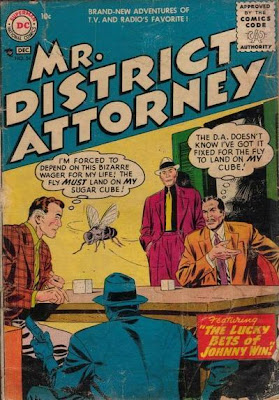In a recent Multidistrict Litigation products liability matter pending in South Carolina, Chief Judge David C. Norton of the U.S. District Court for the District of South Carolina found in favor of manufacturer, Bausch & Lomb Inc., on a motion for summary judgment as a result of Plaintiffs’ failure to provide sufficient expert testimony. In re Bausch & Lomb Inc. Contacts Lens Solution Prods. Liab. Litig., C/A No. 2:06-MN-77777, MDL No. 1785, 2010 WL 597184 (D.S.C. Feb. 17, 2010).
On April 13, 2006, ReNu with MoistureLoc contact lens solution, manufactured by Bausch & Lomb in its Greenville, South Carolina facility, was voluntarily withdrawn from the market in the United States when an increased number of consumers who used MoistureLoc began to develop Fusarium keratitis. On May 11, 2006, Bausch & Lomb met with the Federal Drug Administration and announced that they decided to remove the product from the market worldwide.
Subsequent to this recall, a number of individual personal injury cases emerged around the country asserting they were injured as a result of the use of MoistureLoc. These actions were consolidated into this Mulitdistrict Litigation proceeding and each Plaintiff had to submit a fact sheet and medical documentation demonstrating use of MoistureLoc and the type of eye infection that resulted. As of the date of Bausch & Lomb’s motion for summary judgment, “348 Plaintiffs had not submitted any documentation showing that they experienced a Fusarium keratisis infection.” Judge Norton’s order concerns these “non-Fusarium Plaintiffs.”
In May 2009, Baush & Lomb moved to exclude the testimony of Plaintiffs’ expert, Dr. Elisabeth Cohen, with respect to non-Fusarium infections. As reported by the Drug and Device Law blog on August 27, 2009, Judge Norton, along with Judge Shirley Werner Kornreich of the Supreme Court of the State of New York, granted Baush & Lomb’s motion to exclude “Dr. Cohen’s general causation opinions relating to non-Fasarium infections.”
Following this ruling, Baush & Lomb moved for summary judgment on all claims and causes of action asserted by non-Fusarium Plaintiffs. Notwithstanding five individual cases that remain under advisement for various reasons, the U.S. District Court for the District of South Carolina granted Baush & Lomb’s motion for failure to prove causation. The Court explained that “[t]o establish medical causation in a product liability case, a plaintiff must show both general causation and specific causation[,]” meaning that Plaintiffs must show that the “substance [at issue] is capable of causing a particular injury” and that the “substance caused a particular individual’s injury.” Proof of general causation was a precursor to proving specific causation. The Court determined that this was the applicable rule is all jurisdictions, including Puerto Rico where some Plaintiffs resided.
The Court concluded that since Plaintiffs’ general causation expert, Dr. Cohen, was excluded, Plaintiffs could not prove general causation, and thus, could not prove the essential causation element of any products liability action. Further, the Court disagreed with Plaintiffs’ assertion that they could prove causation through Physicians’ differential diagnoses. This is a “technique of identifying the cause of a medical problem by eliminating the likely causes until the most probable one is isolated.” Judge Norton stated that Plaintiffs could not rely on this technique to “end-run” the general causation requirement.
All defense practitioners should be aware, for future use, of Judge Norton’s holdings requiring both general and specific causation and not allowing the use of the differential diagnoses technique to prove general causation.
Since Judge Norton’s ruling on February 17, 2010, two individual non-Fusarium Plaintiffs have filed motions to alter or amend the judgment pursuant to Rule 59(e) of the Federal Rules of Civil Procedure, Baush & Lomb has filed a response to one Plaintiff’s motion, and Baush & Lomb has filed a motion for summary judgement as to all other non-Fusarium Plaintiffs that were inadvertently not included in the February 2010 order. Therefore, be on the lookout for further rulings on the non-Fusarium Plaintiffs in addition to resolution of those claims by Fusarium
Plaintiffs, which Drug and Device Law blog reported in August may be resolving out of court.

















